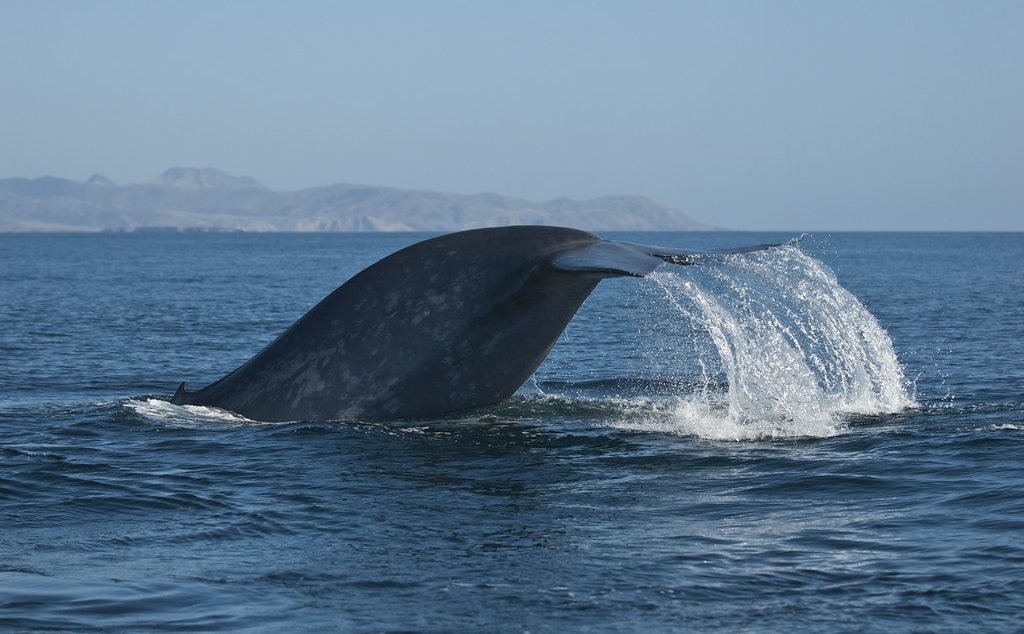
Sci&Tech writer Ashley Baker discusses the recent discovery of an early whale species that may provide the evolutionary link between life on land and in the sea.
Palaeontologists in Egypt have discovered a fossil belonging to a previously unknown species of four-legged whale. Estimated to have lived around 43 million years ago, the ancient mammal was an amphibious whale able to both walk on land and swim in water. The fossil was unearthed in the Fayum Depression of Egypt’s Western Desert.
The whale was a top predator, with a body mass of 600kg
Analysis of the partial skeleton was carried out at the Mansoura University Vertebrate Paleontology (MUVP) centre. Researchers at the centre believe the whale was a top predator, with a body mass of 600kg and measuring three metres (10 ft) in length. The species is part of a semi-aquatic group of whales known as protocetids which existed during the Eocene Epoch, a geological period that occurred between 56 million and 33.9 million years ago. Studies of the fossil have suggested that the species possessed a unique jaw structure compared to other protocetids, allowing for more efficient raptorial feeding.
The newly identified whale has been named Phiomicetus anubis. Whilst the genus name, Phiomicetus, refers to the Fayum region where the fossil was unearthed, the species name anubis is taken from the ancient Egyptian god of the same name associated with the afterlife. The name was chosen due to the similarity between the appearance of the whale’s skull and the depiction of Anubis as a man with a canine-shaped head. Phiomicetus anubis is the most primitive species of its kind to have ever been identified in Africa.
The first time a whale fossil has been discovered, scientifically described, and named by an Arab team
Details of the discovery were published at the end of August, with Abdullah Gohar, lead author of the paper, telling Reuters news agency: ‘Phiomicetus anubis is a key new whale species and a critical discovery for Egyptian and African palaeontology’. Speaking separately to Business Insider, Gohar also highlighted that this was the first time a whale fossil has been discovered, scientifically described, and named by an Arab team.
The Fayum Depression, where the fossil was discovered, is a sunken area of desert situated to the west of the River Nile and has been at the site of many archaeological finds. Historically submerged by the sea, the area has seen a number of discoveries that have enabled researchers to gain a better understanding of the evolution of whales.
The first whales are thought to have emerged 50 million years ago in the region encompassing present-day India and Pakistan. Early ancestors of the whales seen today were hoofed land mammals like deer, camels, and cows that adapted to living in water over millions of years.
In 2011, an international team of researchers uncovered a similar ancient four-legged whale species in Peru. The fossil, also thought to have dated back 43 million years, was found one kilometre (0.6 miles) inland from Peru’s Pacific coast.
Want more from Sci&Tech? Check out the articles below!
Dinosaur-Killing Asteroid Birthed the Amazon Rainforest As We Know It
New Delhi Opens First ‘Smog Tower’ in an Attempt to Tackle Air Pollution
Comments